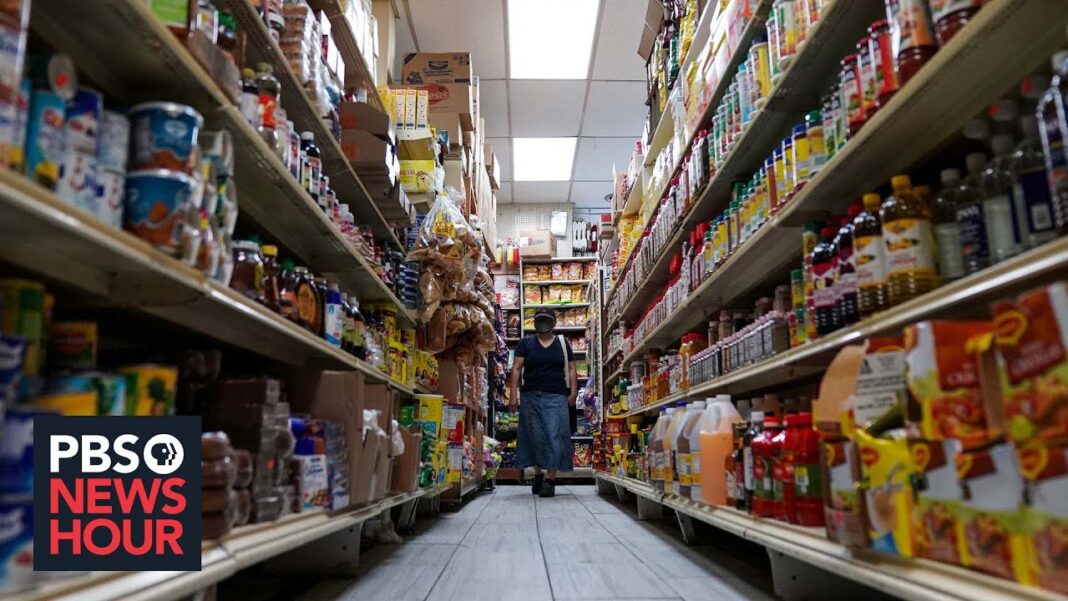Latest inflation jump driven by food, shelter, and medical care.
The U.S. annual inflation rate surged to 3.4 percent in December 2023 as price pressures continue to be sticky across the marketplace, according to a Bureau of Labor Statistics (BLS) report released on Jan. 11. The latest reading was up from 3.1 percent in November 2023 and topped economists’ expectations of 3.2 percent.
The consumer price index (CPI) rose 0.3 percent on a monthly basis, from 0.1 percent in November; the gain was slightly higher than the consensus estimate of 0.2 percent.
Core inflation, which strips the volatile energy and food components, slowed to 3.9 percent last month, down from 4 percent in the previous month. This also came in higher than the market forecast of 3.8 percent.
The core CPI jumped 0.3 percent, unchanged from the previous month and in line with expectations.
In December, the CPI’s increase was largely driven by increases in the food, shelter, and medical indexes.
Despite widespread expectations that rents would be coming down by now, the shelter index jumped 0.5 percent and is up 6.2 percent year-over-year.
Food prices rose 0.2 percent monthly and are up 2.7 percent from the same time a year ago as meats, poultry, fish, and eggs subindex swelled 0.5 percent from November to December.
Eggs witnessed a revival, soaring 8.9 percent month over month. Farmers are seeing more cases of the bird flu again, weighing on supply as demand remains strong.
Of the meats, ham recorded the biggest increase, soaring 2.6 percent. This was followed by uncooked beef steaks (2.4 percent), pork (0.3 percent), and chicken (0.1 percent).
Elsewhere in the food index, there was a blend of rising prices and deflationary trends.
Coffee, for example, fell 0.8 percent monthly and is down 1.6 percent over the past 12 months. Industry observers warn that this downward direction could be reversed as production levels in key growing areas, such as Brazil and Vietnam, are expected to decline amid weather conditions.
By Andrew Moran







